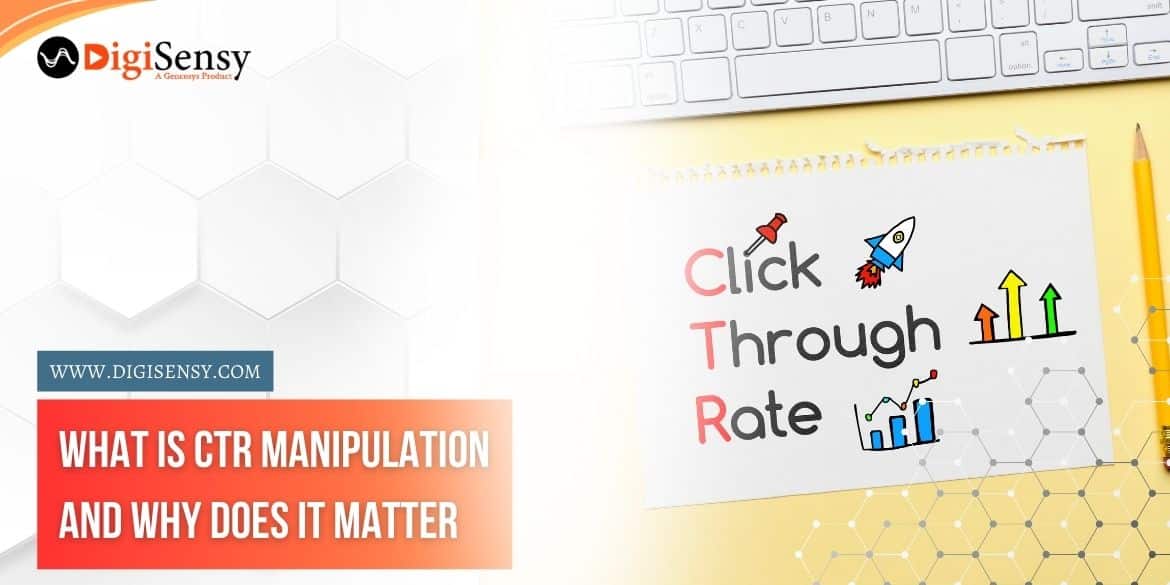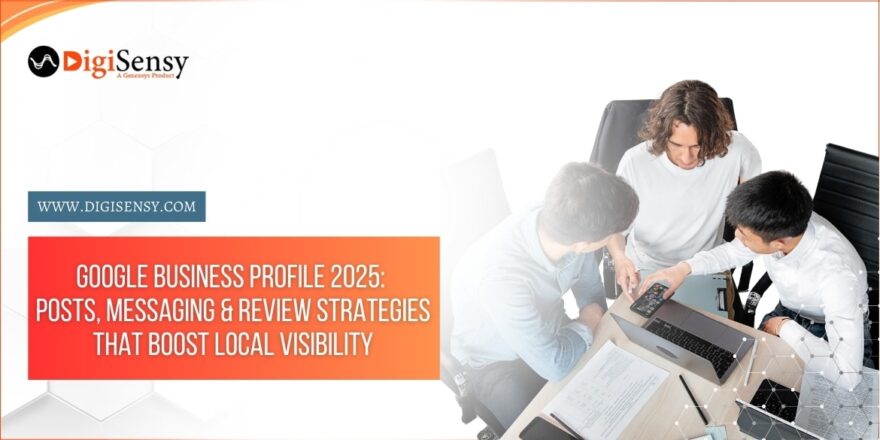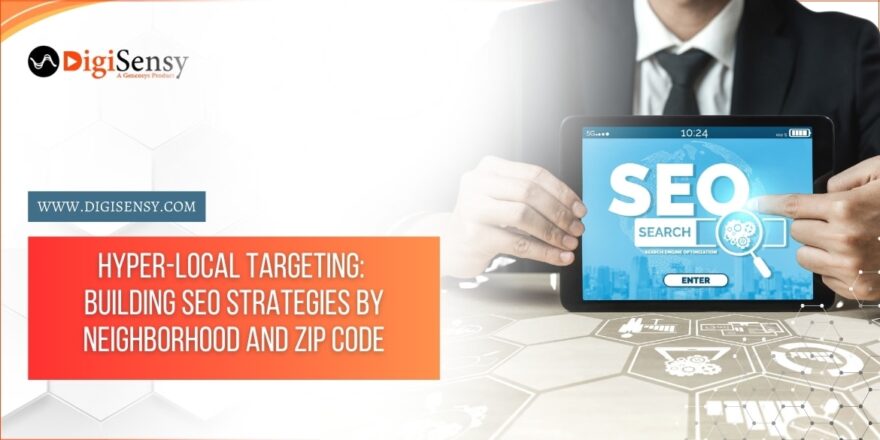Search Engine Optimization (SEO) keeps changing, and SEO professionals are looking for the best ways to ensure their website’s visibility and ranking. One of the issues that has been gaining much attention in these circles is the use of Click-Through Rate (CTR) manipulation. While it may be good in the short term, the long-term effect may be harmful. This article looks into what CTR manipulation is, the possible dangers involved, and ethical alternatives to be adopted for sustainable SEO success.
What is CTR Manipulation?
Click-through rate manipulation refers to artificially inflating the click-through rate of a web page in order to manipulate the ranking of that page in the search engine results page (SERP). The entire premise is based on the assumption that higher click-through rates for promotion may be interpreted by search engines, including Google, as further reinforcing reliability and quality, hence increasing a page’s ranking.
Methods of CTR Manipulation Include
- Bots or Automated Tools: Software simulates clicks by users on a specific webpage.
- Click Farms: Generate clicks, within low-cost labor nations, through outsourcing individual workers who manually engage in clicking links.
- Browser Extensions: Tools for automation of the clicking process within user browsers.
In general, these methods increase your ranking very fast; however, they do not comply with search engine guidelines and could result in significant SEO penalties.
Why You Should Care About CTR Manipulation
-
Search Engine Penalties
The algorithms used by search engines can detect unnatural click behaviour. Therefore, CTR manipulation can result in:
- Decreased Rankings: The search engine may penalise the page through a low ranking in SERPs.
- De-indexing: Removal of the webpage from search engine indexes entirely.
- Banned from Advertising: Google Ads and similar platforms can suspend accounts for manipulative practices.
The penalties above result in a devastating loss of website traffic and loss of credibility.
-
Loss of User Trust
The users demand authenticity and transparency. Once a user discerns that a website has an intent to artificially raise its CTR, trust in the brand may have been broken. Reduced user involvement, higher bounce rates, and reduced conversions are all consequences of trust erosion.
-
Wasting Resources
Purchasing tools or services to influence CTR will add extra expenses. On the other hand, given that there may be penalties and reputational damage for this, it could weigh down the return-on-investment process even more, essentially resulting in a waste of resources without granting any tangible benefits.
-
Possible Legality
CTR manipulation through things like bots or click farms may go against the terms and conditions set by the search engines and advertising platforms. This can expose a business to potential legal actions, along with fines and possible sanctions.
Ethical Alternatives to CTR Manipulation
In addition to engaging in unethical practices, a company can engage in ethical SEO practices aimed at ensuring long-term viability:
-
Quality Content Creation
High-quality, informative content that engages the audience or meets its needs will have CTR benefits simply because it is well constructed. Content should be original and in-depth, and should give value to the user.
-
On-Page Optimization
On-page optimization of title tags, meta descriptions, headers, and images can advance visibility and appeal within search results. Well-thought-out meta descriptions that capture users’ interests usually lead to action and link clicks.
-
Improving User Experience (UX)
User experience (UX) can be improved by enhancing website navigation, loading speed, and mobile responsiveness. An enjoyable and seamless experience keeps users on your site for a longer time while encouraging them to look at other pages. This behaviour, in turn, raises the CTR indirectly.
-
Building Quality Backlinks
Backlinks from reputable and relevant sites add credibility and trustworthiness to a given page. This eventually leads to higher ranking and organic traffic.
- Social Media
Using social media platforms to promote content directs traffic toward the website. Engagement on social media aids in building credibility and visibility for the brand.
-
Structured Data
Structured data reapplies schema to help search engines better comprehend webpage content and then display them in a way that attracts clicks, possibly with rich snippets on SERPs, hence allowing an increase in CTR.
2025 CTR Manipulation Risks
As more sophisticated algorithms have emerged, greater detection abilities have also been developed against manipulative ones. By 2025, CTR manipulation will become more fraught with the following dangers:
- Detection Algorithms: Search engines implement machine learning and AI algorithms on top of click data to identify unnatural click patterns and penalize the offending websites.
- Competition Increase: With more businesses aware of clean SEO practices, those who rely on manipulative tactics will find it harder to sustain their rankings.
- Long-term Damage: Penalty recovery can be a long and tough road involving more than just a change in strategy.
Conclusion
CTR manipulation presents some benefits in the short term; however, the long-term risks, being what they are, and the ethical implications make it too dangerous a strategy to uphold. Therefore, to truly establish sustainable SEO success, companies must focus their practices on enhancing user experiences and valuable content and building trust among users and search engines. In doing so, they will gain visibility and success in the very competitive world of digital.




